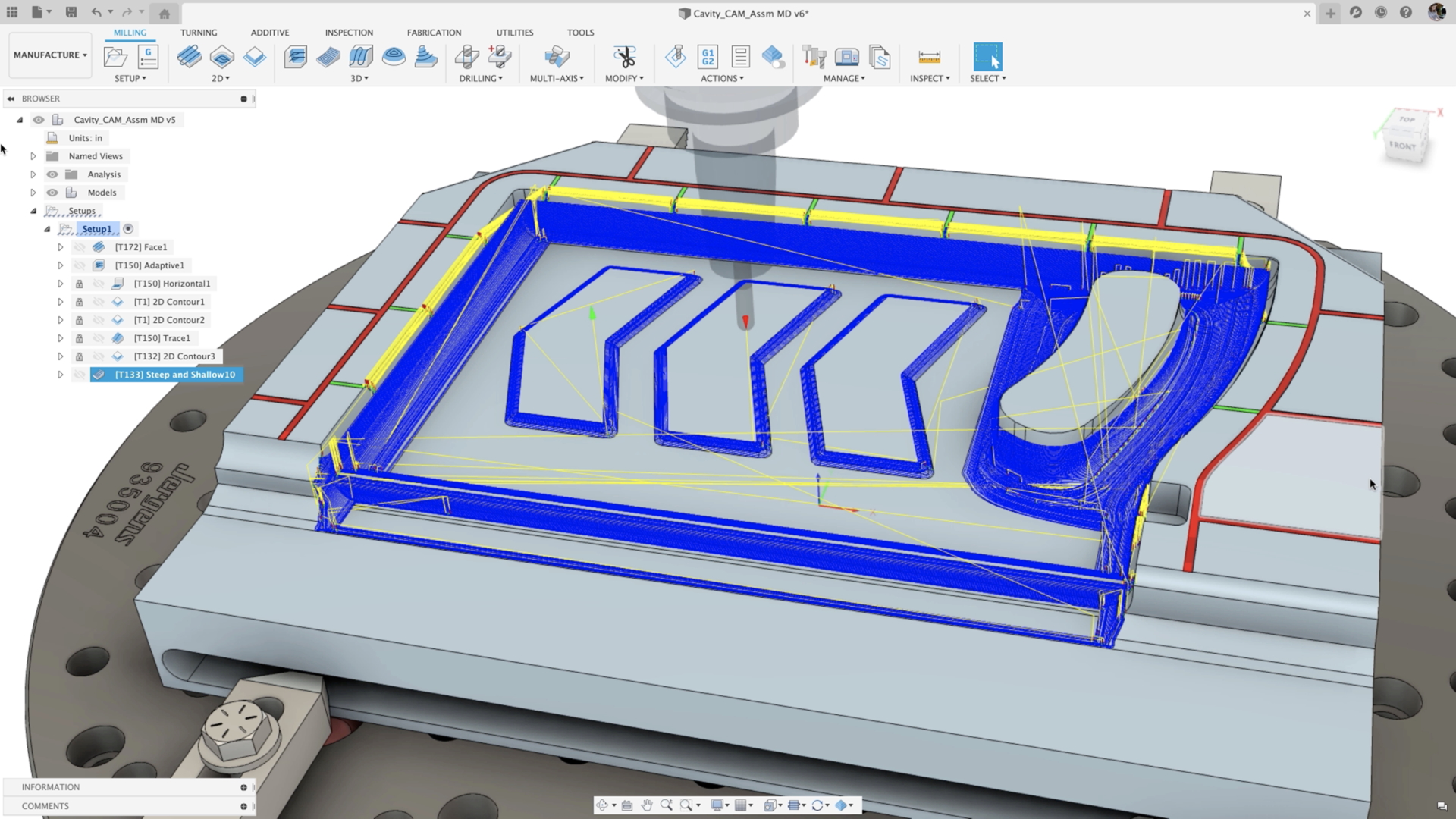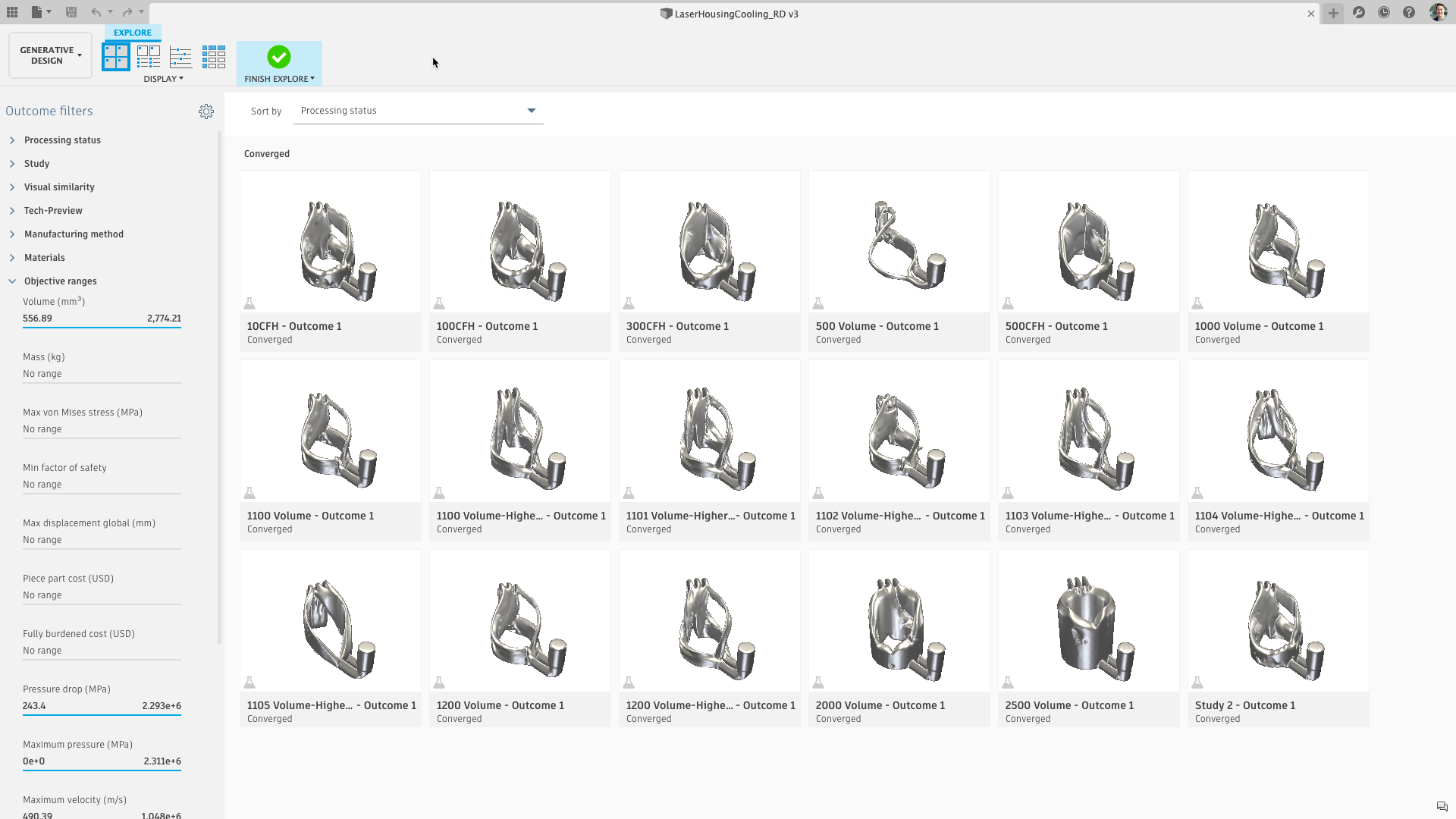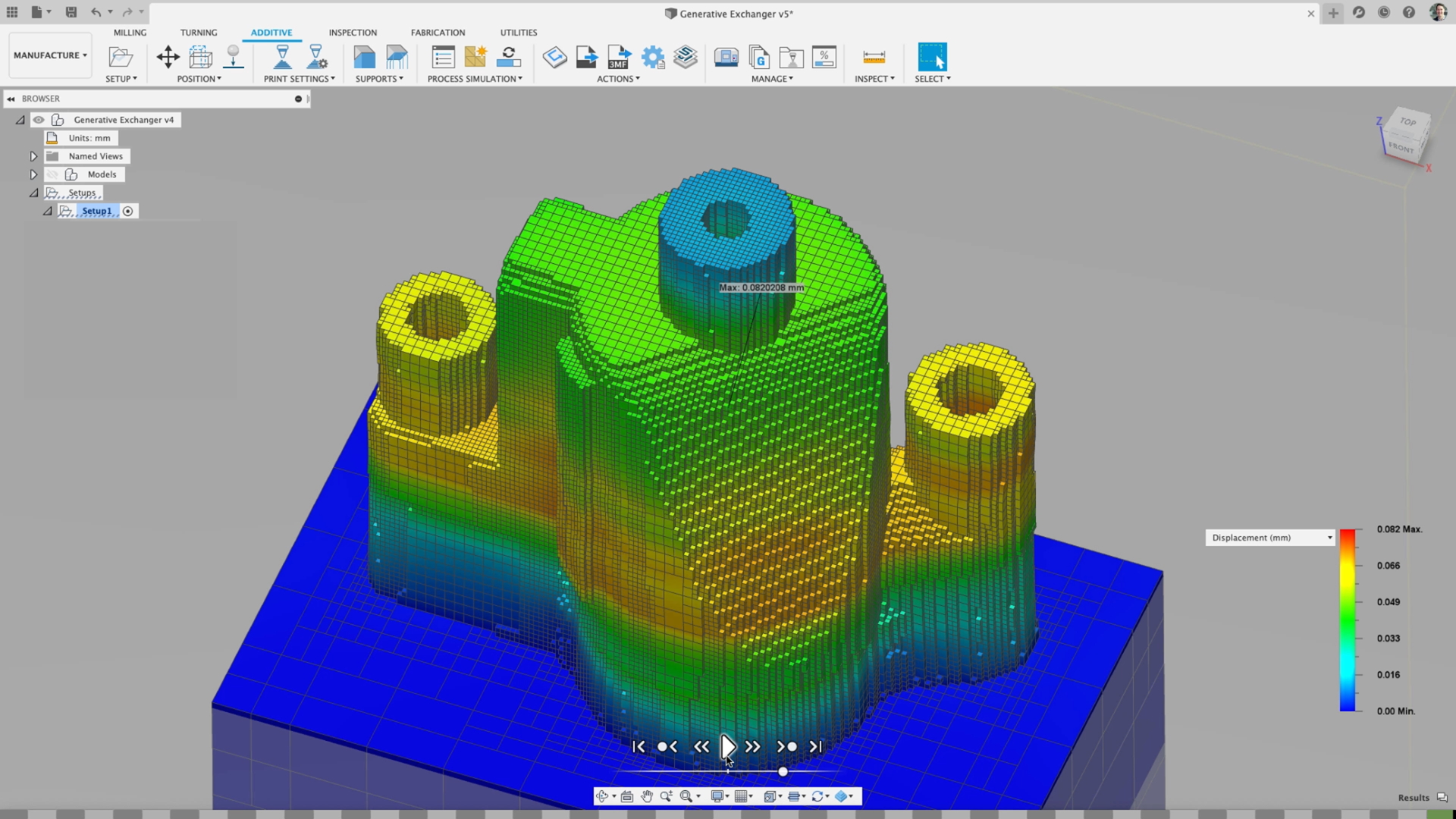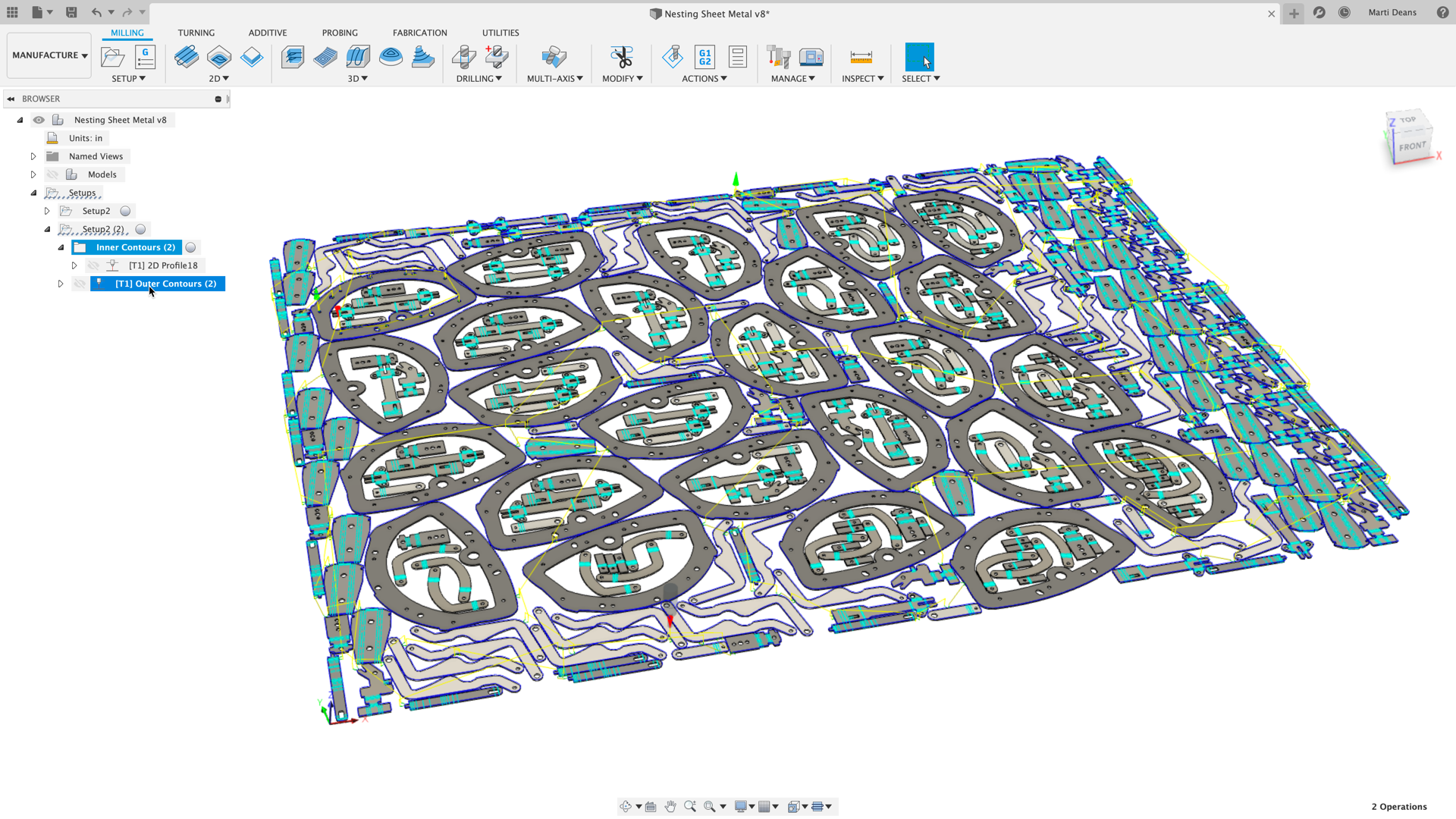
Transforming an existing business–changing how it produces its products, delivers its services, its back-office processes, and culture–is a tall order. “Digital transformation,” the process of transitioning an entire manufacturing business (or the industry itself) into a digital-first mindset and process, and having all the tools, infrastructure, modified workflows, and capabilities in place to do so, is a gargantuan order. For everyone involved. Fusion 360 brings design and manufacturing together as a unified experience, which is something we’ve been working on for years and are excited to see industry leaders adopting.
We’re working to provide designers, engineers and manufacturers the power to focus on innovating, rather than iterating and have recently added several extensions to Fusion 360 that make the platform astonishingly, excitingly capable. More are coming soon to further streamline collaboration, introduce even greater efficiency into design, simulation and materials usage, and give designers, engineers and manufacturers the ability to achieve the new possible. As our annual conference, Autodesk University, kicks off, we think it a great opportunity to recap a few of the highlights we’ve released in recent months, and provide a preview of what’s on the roadmap for the next several.
Recently released extensions include:
Machining Extension (Available Now) – Boost the core CAM capabilities of Fusion 360 with this extension. Get advanced, multi-axis toolpath strategies, toolpath optimisation, and automated programming to reduce programming time, increase control over your machine, and improve the effectiveness of your NC programs. This year we announced toolpath trimming and multi-axis collision avoidance inspired by technology from PowerMill. In addition, we are announcing full machine tool simulation for visualising and verifying CNC programming to help achieve accurate results up front and avoid costly downstream mistakes during machining.

Generative Design Extension (Available Now) – Generative design, initially used in industry for additive manufacturing, is becoming more broadly applicable across manufacturing. This powerful technology is now available in Fusion 360 to mainstream designers, and this fall, Fusion 360’s generative capabilities are being expanded with generative fluids, offering an engineer many options to explore that optimise designs for fluid flow, and specifically help minimise pressure drop of the flow while avoiding obstacles.

Additive Build Extension (Available Now) – Set up, slice, and pack your additive manufacturing design to send to your printer and be manufactured. Customised automatic orientation settings (available for FFF and SLM) and support structures settings (SLM only) can be stored in a template library to be used later in new additive manufacturing setups, making future 3D print preparation a breeze. Powered by Netfabb, this Fusion 360 extension opens up a range of pre-defined additive machines.

In coming months, exciting new extensions you’ll see include:
Manage Extension (Available January) – To support teams that are standardising on Fusion 360 for engineering, more sophisticated product data and lifecycle management (PDM/PLM) functionality will be introduced into Fusion 360. Automatic part numbers, ECOs, process workflows and more will improve the efficiency of your team. Traditionally, data management can take weeks to deploy and requires costly setup. By contrast, automated data management using Fusion 360’s Manage extension can be up and running in less than three seconds.

Additive Simulation Extension (Available January) – Metal additive manufacturing can be time consuming and expensive. With metal additive simulation powered by Netfabb’s simulation technology, you can evaluate your designs and the numerous variables involved in metal additive manufacturing before sending a job to the printer. Avoid expensive mistakes by ensuring early that your designs and additive setup will be manufacturable.

Nesting & Fabrication Extension (Available in early 2021) – Aggregate and nest sheet metal designs based on material, thickness, and more to increase the efficiency of your fabrication process. Powered by TruNest, this extension will optimise sheet metal design layouts to ensure output is effectively maximised and waste minimised.

Injection Molding Extension (Available in early 2021) – Evaluate your plastic part designs to ensure proper manufacturability before sending to your injection molding manufacturer. This extension will give designers and engineers insights into their plastic design’s manufacturability early in the product development process, helping reduce the number of cycles and iterations, and thus time to market. Simulate the pack, fill and warpage of any injection molding setup.

Considering today’s many new tools, materials, techniques and customer demands, it’s an incredible, transformational time to be in design and manufacturing. We at Autodesk are ecstatic to be driving forward with you toward the new possible, and while we recognise the significant challenges of transforming a business – and are here to support you as you do so – we unflinchingly embrace the immense value digital transformation offers.
Businesses and engineering teams that invest today in reimagining what’s possible when data, automation and the power of cloud computing are at the centre of their processes will find themselves more agile, innovative and efficient than competitors tomorrow. We’re making digital transformation investments alongside you, and as we do so, Fusion 360 will become a more powerful, more sophisticated and more easily tuned specialisation tool which will be the common gathering point of success in our industry. Thank you for joining us in this journey.
Statements regarding planned or future development efforts for our products and services are not intended to be a promise or guarantee of future availability of products, services, or features but merely reflect our current plans and based on factors currently known to us. Purchasing decisions should not be made based upon reliance on these statements.